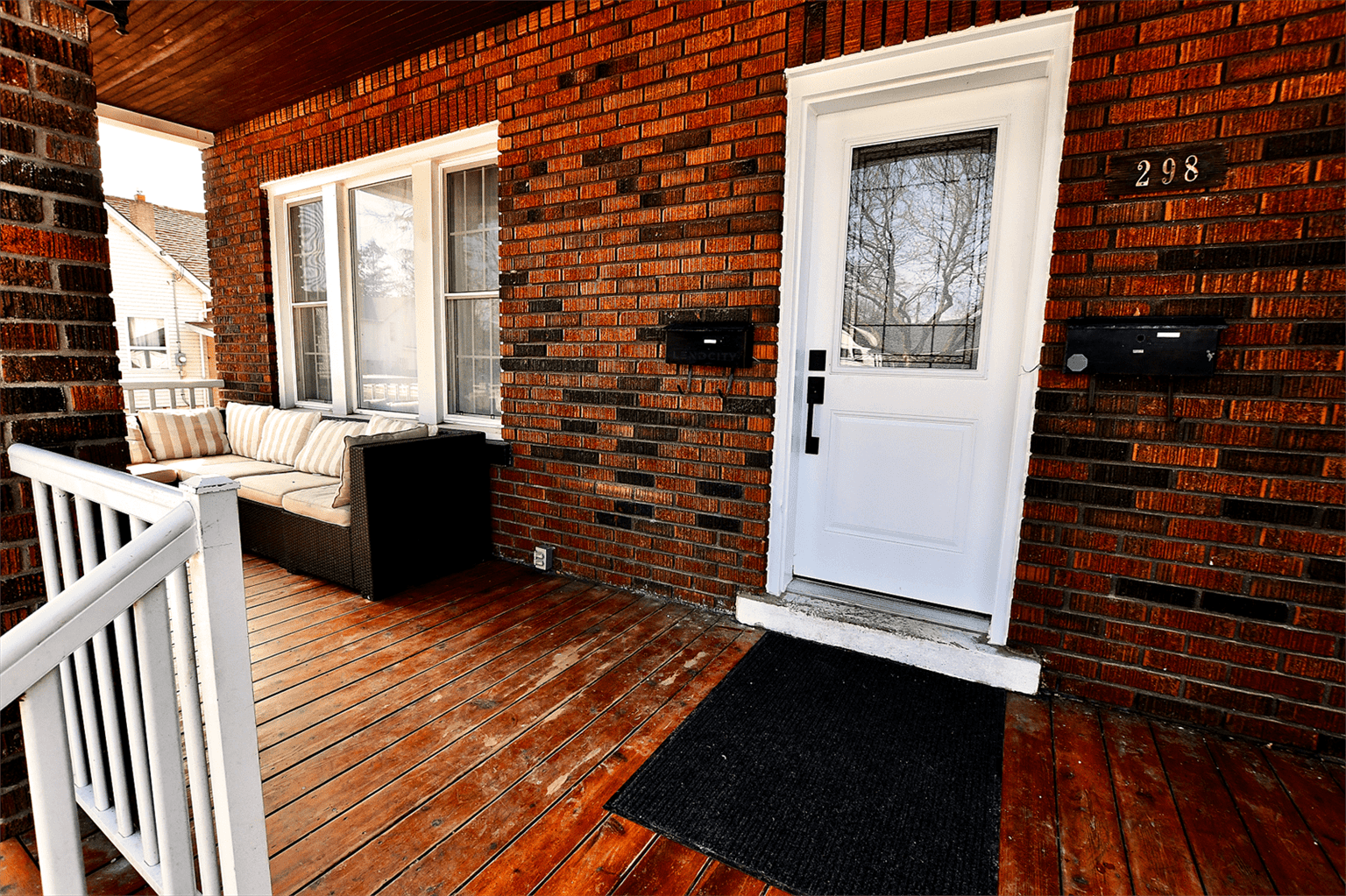What is the Capital Cost Allowance and Why Should Multifamily Investors Care in 2023?

Buildings, vehicles, equipment and more, when used for business or professional purposes, degrade and depreciate over time. The Canada Revenue Agency provides investors and business owners with a way to maximize the value of their depreciable long-term investments. Revenue Canada allows you to deduct the cost of depreciation over time through the capital cost allowance (CCA).
However, since CCA applies to the depreciation of an asset, real estate investors need to be careful whenever they apply it to an investment property since many lenders and mortgage insurance programs have penalties that may be incurred if you allow a property to depreciate too much.
So, to learn more about how CCA may apply and impact your mortgage, click the link below for a free strategy call with our team at LendCity today.
Capital cost allowance explained
The capital cost allowance allows investors and business owners to recoup the costs associated with buildings that need maintenance. Also, it benefits equipment that becomes obsolete and needs replacing. Any depreciable assets in the operation of your investment portfolio likely qualify for CCA. Capital cost allowance is a yearly deduction from your annual federal tax burden. Provincial tax systems may also allow for CCAs or similar deductions.
The Accelerated Investment Incentive (AII) is a new tool, introduced in late 2018, that allows new investors to maximize the potential of their CCA.
Any Canadian real estate investor hoping to maximize their potential profits from an investment property need to possess a thorough knowledge of income taxes. Especially the benefits associated with their potential capital cost allowance deductions. If you’re a new investor, you may qualify for the Accelerated Investment Incentive. This incentive could help you leverage your capital even further this tax year.
Defining depreciable property
The CCA deduction applies to;
- The rental property
- Legal fees associated with purchasing the investment property
- Major Appliances
- Equipment needed to upgrade the property
Revenue Canada has a series of classes it uses to determine how much of deduction taxpayers can claim for different types of depreciable property. For instance, CCA Class 1 includes most rental buildings acquired after 1987, which entitles investors to a deduction of 4 percent of the asset’s declining balance.
Once you’ve determined the capital cost allowance class your asset belongs to, it’s time to calculate the deduction you’re eligible to claim.
There are different classes and their subsequent deductions are available on Revenue Canada’s website. It’s advisable to consult with a qualified tax professional to ensure you’re claiming the correct deduction.
If you purchased your investment asset after November 20, 2018, it may be eligible for the Accelerated Investment Incentive. This allows investors to claim between one-and-a-half to three times the usual amount of their first-year capital cost allowance deduction.
Discover How To Analyze a Properties Cash Flow With This Step By Step Guide
Claiming Capital Cost Allowance
It’s important to note that you don’t have to claim the entirety of your capital cost allowance at once. You can claim as much of the deduction as you want in any given year. If your asset is in Class 1, for instance, you could claim 1 percent of the asset’s balance each year for the next four years.
If you don’t owe any taxes for this fiscal year, you shouldn’t delay claiming any part of the capital cost allowance deduction. The reason for this is because it’ll lower the amount you’re entitled to claim in the future.
The CCA is a valuable tool that can significantly lower your tax burden. It’s important to realize that claiming CCA may result in an elevated tax burden if you sell your property shortly. If you sell your property for more than the depreciated balance you claimed, Revenue Canada will view this as a ‘recapture,’ of your depreciation losses.
They will thus treat any deductions you claimed as a CCA from that asset as taxable income. This means you’ll need to pay back the entirety of the CCA when filing your federal taxes after selling the building. So long as it sold for more than the depreciated balance you claimed.
If the building sells for less than the depreciated balance, however, you may be allowed to claim a terminal loss deduction. This is when you have a remaining CCA balance that you didn’t claim, but no longer have any assets within that CCA class.
Determining if Capital Cost Allowance is right for you
Using the CCA deduction has several clear benefits and drawbacks. Ultimately, you should determine if you’re planning to hold the asset long-term or sell it off at some point shortly. If you expect to hold the asset and use it to generate passive income for years to come, it makes sense to claim a CCA deduction. Especially when your building needs renovation or repairs.
If, however, you expect to sell off your asset within the next five to 10 years, you may want to hold off on claiming the CCA deduction. Doing so could significantly elevate your tax burden for a year and require you to pay back the balance of the CCA.
You may also want to discuss CCA with your mortgage broker to ensure that the depreciation that you will be claiming does not have a potential impact on your mortgage in the form of fees or a lack of lender renewal at the end of the current mortgage term.
Now, to learn more about how Capital Cost Allowance may apply and impact your mortgage, click the link below for a free strategy call with our team at LendCity today.
